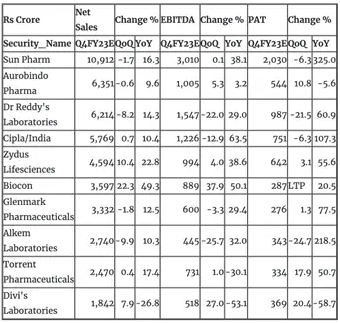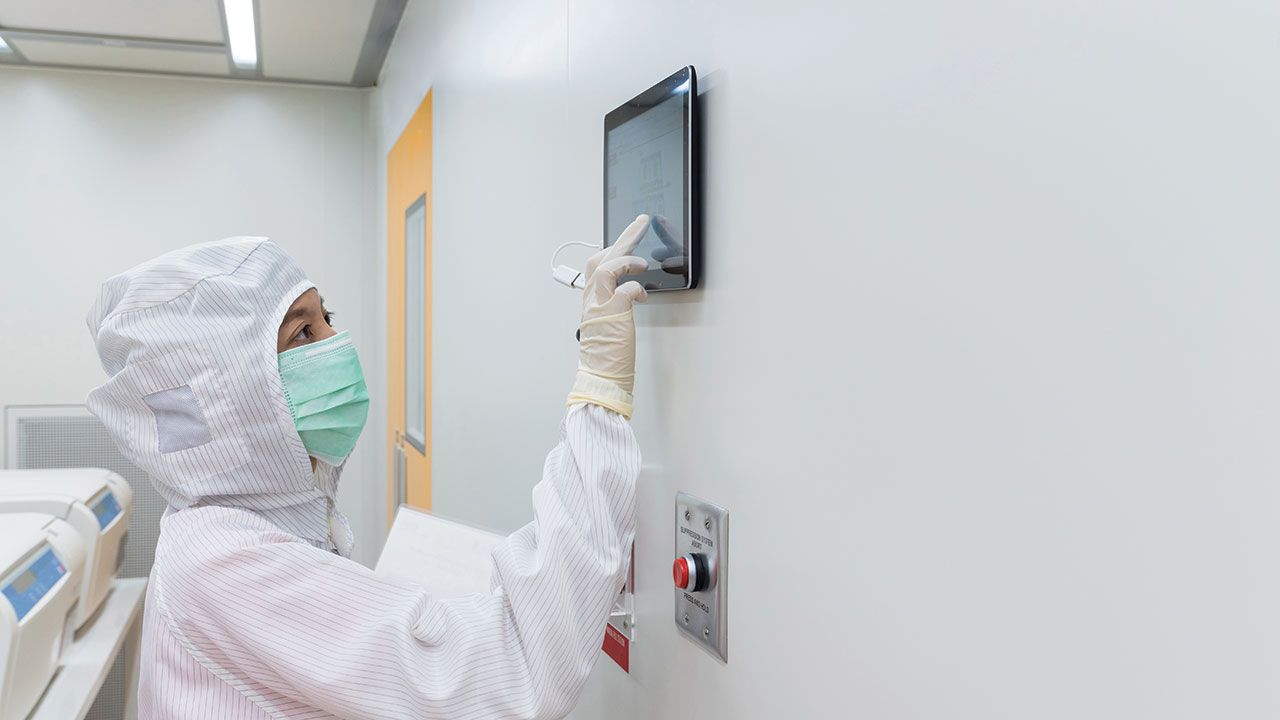News
Article
Indian Pharma Companies Poised for Surge?
Author(s):
A report from Business Standard highlighted India’s recent growth in the pharma sector.
A recent report from Sohini Das of Business Standard found that revenue and earnings before interest, tax, depreciation, and amortization (EBITDA) projects that the Indian pharmaceutical industry grew between 14%–21% in the fourth quarter of the 2022–2023 fiscal year (see Table I).
Table I. Growth of Indian pharmaceutical companies. EBITDA is earnings before interest, tax, depreciation, and amortization. PAT is profit after tax. Q is quarter. FY is full year. QoQ is quarter-over-quarter. YoY is year-over-year.
Source: Bloomberg, curated by BS Research Bureau

Citing data from Bloomberg, the report found that the Indian market as a whole posted 11% growth. However, Das noted that because of price control and field force addition, upcoming EBITDA statistics might dip slightly in upcoming quarters.
The report collected data from top Indian pharma companies concerning change quarter-over-quarter and year-over-year in terms of net sales, EBITDA, and profit after tax (PAT). The report can be read in full here.
Source: Business Standard
Newsletter
Get the essential updates shaping the future of pharma manufacturing and compliance—subscribe today to Pharmaceutical Technology and never miss a breakthrough.




